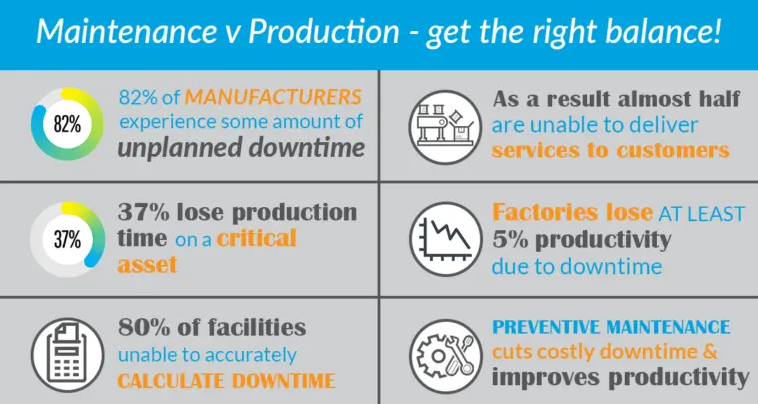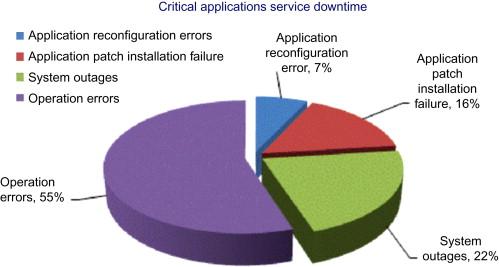
82 % of companies experience downtown
The Demise of Dumb: New Generation of Smart Robots
Five-year window for “smart” robot connectivity to take hold across all industries
Article provided by: This Is Robotics: Radio News
World’s #1 Podcast on Robotics, Automation and People
You’re going to love what you hear!
The demise of dumb
No one wants to buy a lemon; and no factory sets out to manufacture lemons. They happen, and everyone is the less for it. Whether it’s a Boeing 737 Max 8 or a toothbrush sans bristles, when a product is either or both dangerous or useless because of production errors, it destroys customer confidence, corporate reputations, and profits.
The manufacturing miscues that produce the offending products happen way too often than are necessary. More often than not such product fails are caused by human error or a dumb robot. All too frequently an entire production line can crash, curtailing any and all manufacturing.
Again, human error or a dumb robot is the most likely culprit. “It’s perhaps not surprising that the manufacturing sector has higher levels of human error given the breadth of machinery and equipment that requires maintenance and intervention by service engineers and technicians,” said Mark Homer, VP of global customer transformation for ServiceMax, a software provider for improving the productivity of complex equipment and operations.
Turns out that 82 percent of companies have experienced a production snafu at least twice over the past three years. And when it comes to production line outages for these companies the results are devastating and last on average four hours.

Back in 2014, Aberdeen estimated the cost of unplanned downtime across all businesses to be $164,000 an hour; a figure that has skyrocketed by 60 percent to $260,000 an hour, according to a report from Vanson Bourne. And the larger the company, like an auto plant, the more expensive things can get in a hurry.
And if it’s a significant enough defect to cause harm to a consumer, then all bets are off. The U.S. Consumer Product Safety Commission reports that defective products annually cost over a trillion dollars.
Dumb humans in the manufacturing loop causing defects are easy to fix; they get jettisoned.
Dumb robots, on the other hand, are very expensive, such that companies will spend even more for a downtime guardian to watch over their robot workers rather than getting rid of them. Dumb robots need to be closely supervised by human QC teams to ensure that what’s going in and out of a CNC machine, for example, is eyeballed for quality. And downtime guardians need to be on the job 24/7 so as to alert a human when a dumb robot is about to mechanically fail. Since most every robot is dumb, junking them for another dumb robot isn’t a viable solution.

When it comes to product defects, a Harvard Business Review piece summed it up nicely: “Somebody makes defects and gets paid for making them. If a substantial proportion of the work force corrects defects, then the company is paying to correct defects as well as to make them. If a factory is producing 15 percent defective products, then 15 percent of the total cost is spent making bad units. Obviously, low quality means high cost.”
However, if a dumb robot can somehow be made to be “smart”, then that flips the equation: manufacturing gains an upper hand by increasing productivity, reducing errors and improving quality. Smart robots make possible the smart factory, and the smart factory makes possible manufacturing gains heretofore unattainable.
And that’s exactly the game afoot in the robot biz. Robots are getting outfitted with tech gear that’s beginning to awaken them from their cognitive slumber. They are being made to be aware of their workplace surroundings and the work that they are performing.
The “smart” robot
A new type of robot, the “smart” robot, is quickening into reality. Robots (especially cobots) and mobile machines are getting interconnected with multiple sensors and onboard compute power, all imbued with artificial intelligence /machine learning (AI/ML), data analytics and cloud computing.
All of this newfound, real-time data, AI and device interconnectivity, constantly and continuously communicate, so that the data stream can be gathered together, sifted and analyzed. It’s the key to zero defects and zero downtime (zero lemons and zero lemon making).
Information such as cycle times and output rates and maintenance issues uploaded to monitoring systems will optimize machines and allow for preventative maintenance long before a glitch can topple an entire production line.
“Demand for robots to have those features is becoming a requirement, not an option,” says Chris Blanchette, executive director for global accounts at FANUC America Corp. “A lot of companies realize that gathering real-time, process-related data can help improve manufacturing efficiencies and product quality. They can learn how their process is currently working and where they can make improvements.”
Blanchette projects a five-year window for “smart” robot connectivity to take hold across all industries. “It’s hard to gain any value if machines are not somehow connected and gathering data, which is typically collected from various sensors embedded in controllers, robot arms and grippers (end-of-arm tooling).”

